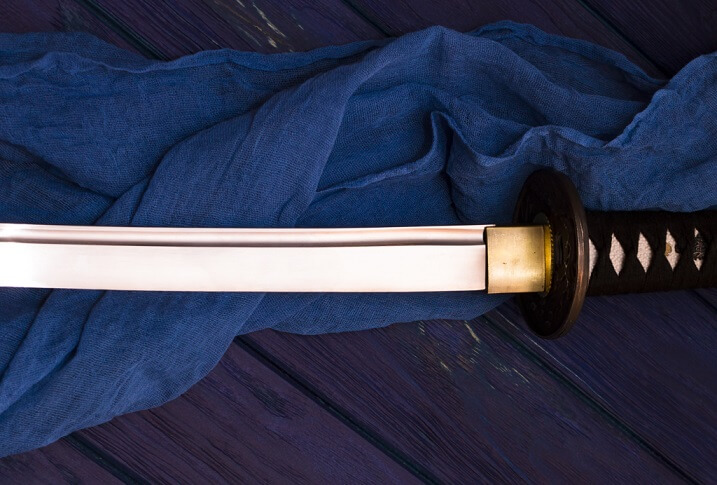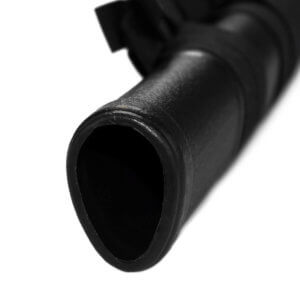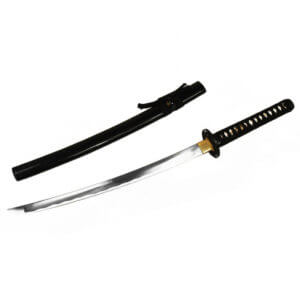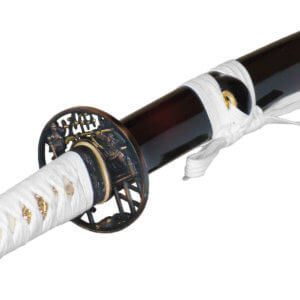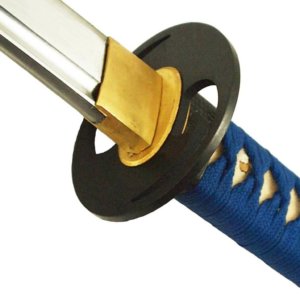Blades of samurai swords are often provided with fullers (Hi). These are popularly known as blood grooves. The purpose of this fuller is primarily to reduce the weight of the blade and improve balance. A beautiful blade is visually perfected by a well-arranged fuller.
The fuller is not a mandatory component of a blade. Blades without a fuller are relatively solid, which is the case with Tameshigiri cutting exercises may be desired.
The name of the chamfer is differentiated according to its shape, design, end and position. The different designations are explained below:
Basic types
Bo
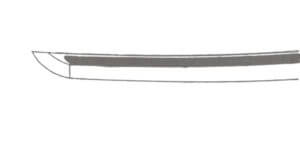
Broad
Futasuji
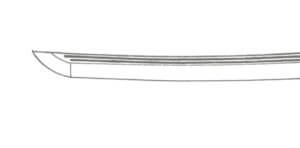
Two narrow grooves
Bo Hi ni Tsure
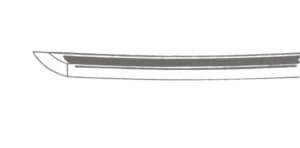
One wide and one narrow groove
Overall design of the blade
The basic shapes mentioned above result in certain overall blade designs:
Koshi

Short
Gombashi
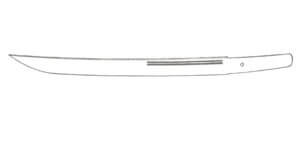
Two short
Shobu
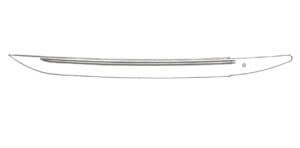
Two gouges with a common end
Kuichigai
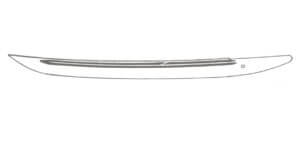
Two chamfers, undercut with a common end
Naginata

Halberd throat
Conclusion on the fishing rod
A distinction is also made between the design of the fishing rod:
Kaki Toshi
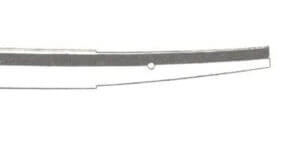
Running through the fishing rod
Kaki Nagashi
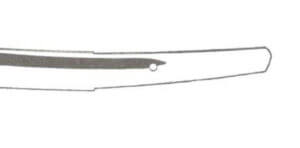
Semi-continuous
Maru Dome
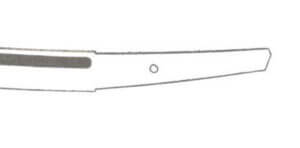
Round finish
Kaku Dome

Square end
Conclusion at the top
The end at the top is categorised as follows:
Hisaki Agari
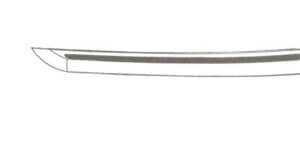
Running beyond Yokote
Hisaki Sagari
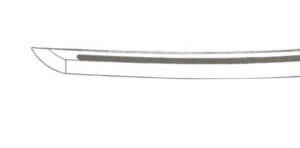
Ends shortly before Yokote
Vertical position on the blade
Kata Chiri
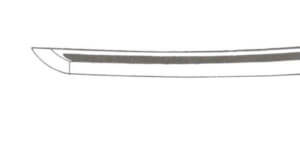
Edge area above the hollow groove
Ryo Chiri
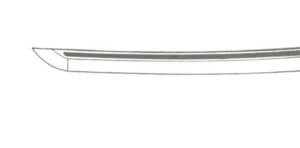
Marginal area (chiri) on both sides of the chamfer
Source: "Das Samuraischwert", published by Ordonnanz-Verlag in 2004

